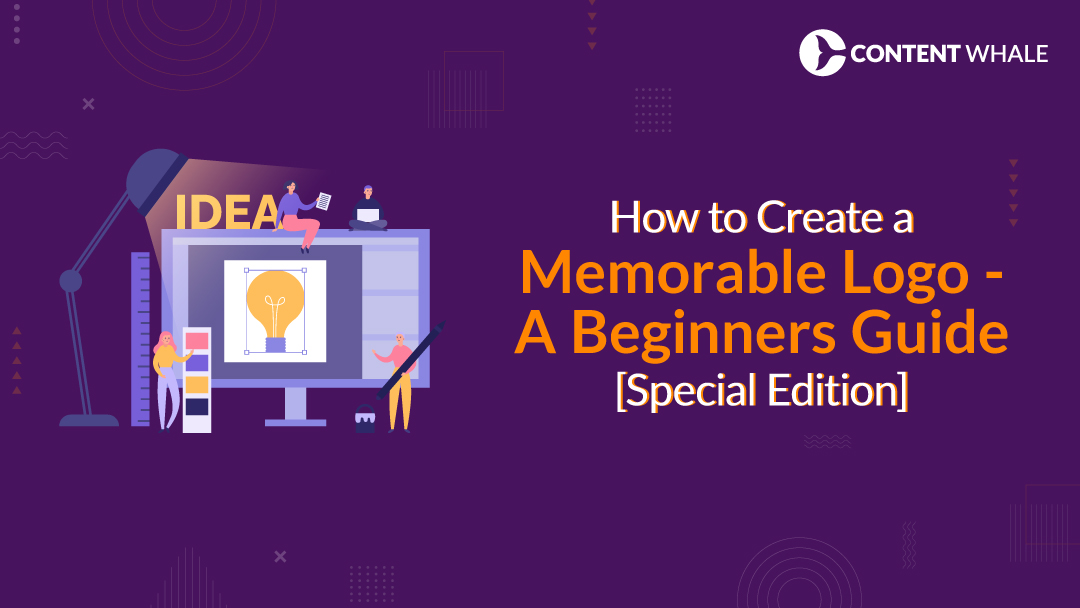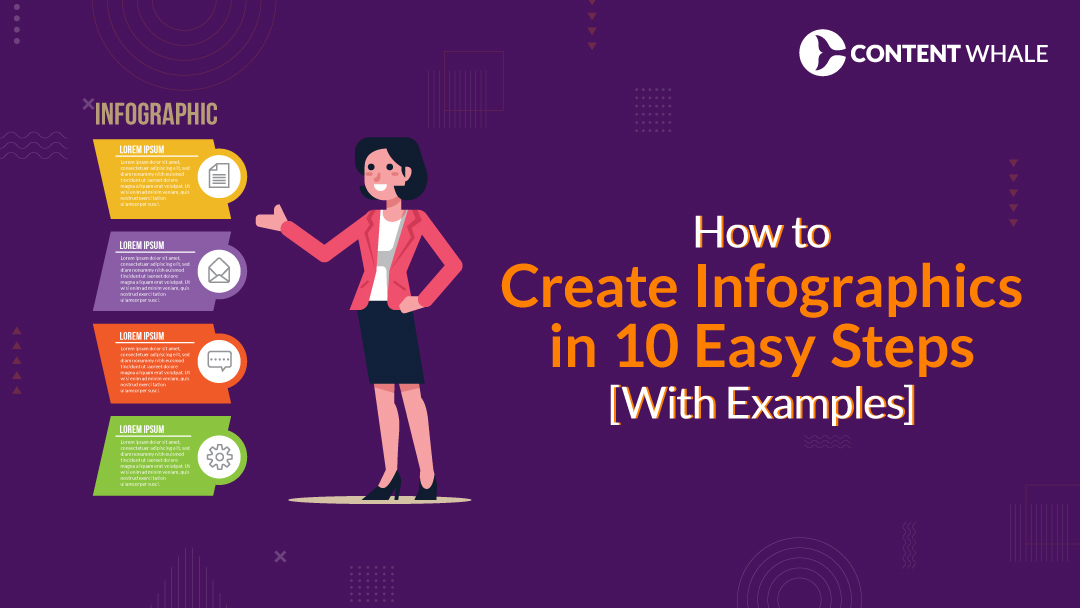How to create a memorable logo? How to make a logo that sticks with people? How to design a logo that really speaks about your company’s values? Relevant people often ask this question. Through this blog, we will try to answer every question you will ever have when it comes to designing a memorable logo. We’ll also help you understand how you can make your own logo.
When we think about brands that stand out, the first thing that often comes to mind is their logo. Take, for example, the Apple logo. Its simple yet distinct design is not just a symbol of innovation but also a key player in the brand’s identity, instantly recognizable across the globe. This underscores the immense power and significance of a memorable logo in establishing and maintaining the visual identity of a brand.
What is a Logo?

A logo is essentially the face of a company. It is a visual representation that serves multiple essential functions in brand building. At its core, a logo communicates ownership, quality, and values. It’s not merely an art piece but a strategic tool that conveys the essence of your brand to the world. So, when you think about how to create a memorable logo, you need to ensure these factors are taken into account.
Why is a Memorable Logo Important?
A memorable logo does more than just identify. It builds trust and fosters brand loyalty through familiarity and emotional connection. When a logo resonates with people, it can elevate brand recognition, making it easier for customers to remember and choose your brand over competitors.
Understanding Your Brand
Before diving into logo creation, it’s crucial to have a deep understanding of your brand before understanding how to create a memorable logo. This includes recognizing your brand’s personality, the audience you aim to attract, and what distinguishes you from the competition. Effective logos are born from a clear vision of these elements, ensuring they align perfectly with the brand’s identity.
Brainstorming Brand Values
Identifying your brand’s values is a foundational step in the logo design process. Exercises such as mind mapping or engaging with your team can unearth key characteristics and values that define your brand. This brainstorming stage is vital as it lays the groundwork to create a memorable logo that truly represents your brand.
Competitive Analysis
A thorough analysis of your competitors’ logos can provide insights into current design trends and pinpoint opportunities for differentiation. By understanding the elements that work well in others’ logos, you can incorporate those that align with your brand, while also ensuring your logo stands out in the marketplace.
With this foundation laid out, we can move to the intricacies of the logo design process itself, ensuring every step from conception to final design is handled with precision and creativity to craft a logo that not only stands out but also embodies the essence of your brand.
Part 1: The Logo Design Process
Concept Development
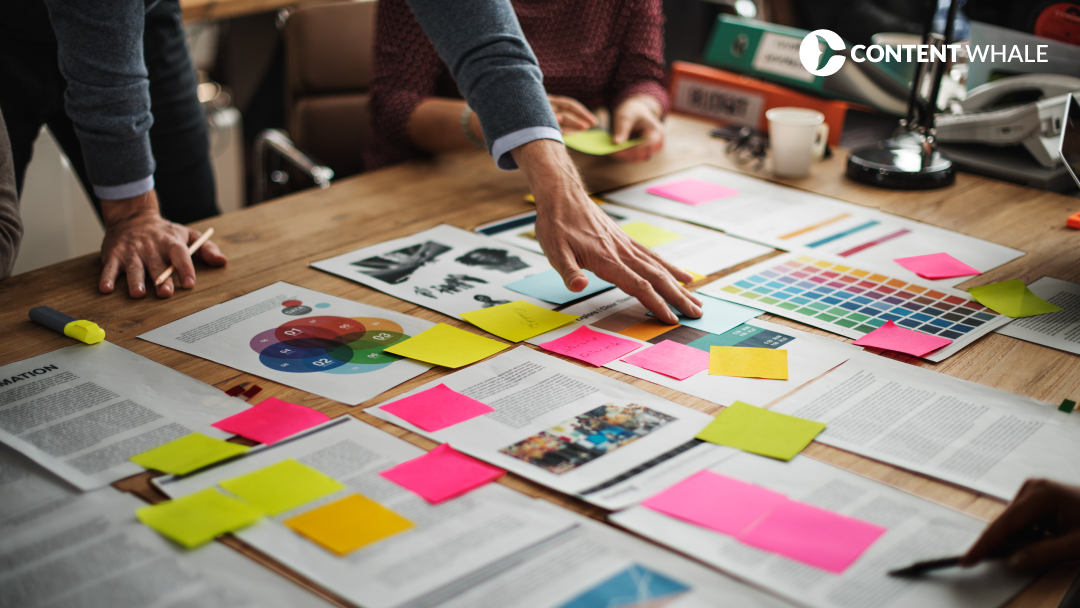
Brainstorming Techniques
To create a memorable logo begins with effective brainstorming, where quantity often trumps quality to maximize creative output. Techniques such as mind mapping and the use of mood boards facilitate a broad exploration of ideas. Mind mapping, in particular, allows for a visual display of ideas around a central concept, helping to spark further creativity.
Online tools have revolutionized brainstorming by enabling team collaboration across different locations. Platforms like Milanote offer digital workspaces where teams can share and develop ideas through notes, images, and even videos, making the process highly dynamic and inclusive.
Sketching and Refining Ideas
Once a broad set of ideas is established, sketching multiple iterations can help refine them into a coherent logo concept. This stage is crucial as it transforms abstract concepts into tangible designs. Techniques like the Lotus Diagram can be particularly useful here, providing a structured way to expand on a central idea and explore a variety of design directions.
Elements of a Memorable Logo
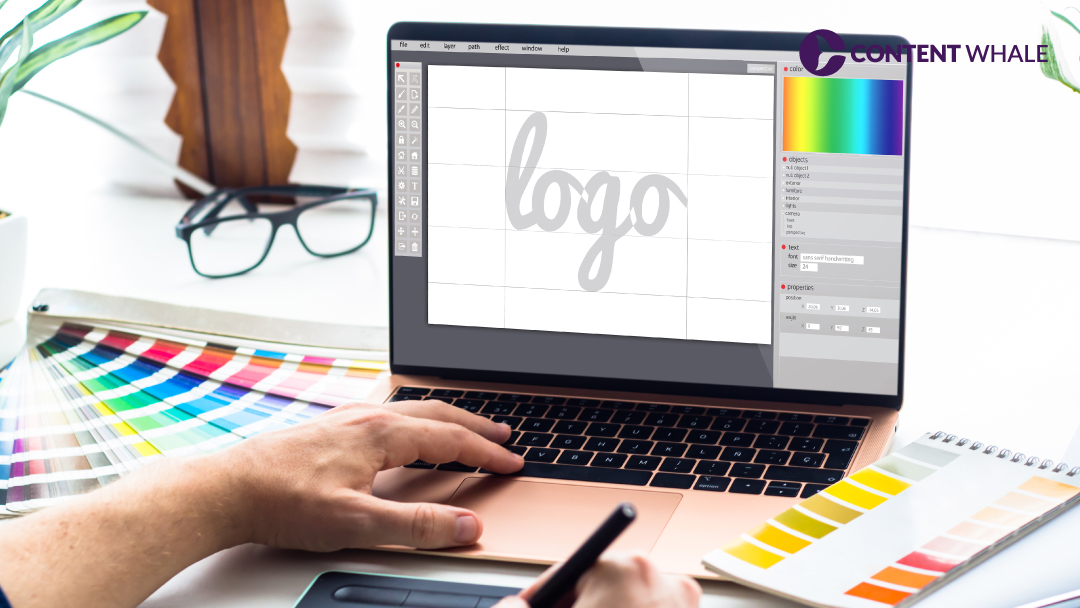
Simplicity and Clean Lines
A simple design is key to learning how to make a logo. It ensures that the logo remains effective across various mediums and sizes, maintaining clarity and impact whether on a business card or a billboard.
Color Psychology and Brand Association
When you understand how to make a memorable logo, you’ll also know that colors play a pivotal role in logo design, affecting how a brand is perceived. Each color can evoke different emotions and associations. For example, blue often denotes professionalism and trustworthiness, making it a popular choice in corporate logos.
Typography and Font Selection
The choice of typography can significantly influence the personality of a logo and the best way to create a memorable logo. Fonts need to be not only readable but also reflective of the brand’s character. Whether it’s a strong, bold font for a dynamic brand or a soft, rounded typeface for a friendly appeal, each choice communicates different attributes.
Symbolism and Meaningful Imagery
Incorporating symbols and icons can enrich the meaning of a logo, making it a memorable logo by making it not just a visual marker but a story in itself. Symbols should be relevant and resonate with the target audience, reinforcing the brand’s messaging and values.
By meticulously applying these techniques and principles, you can learn how to make your own logo that captures the essence of your brand and leaves a lasting impression on your audience. Next, we’ll explore the principles that ensure these elements come together harmoniously in your logo design.
Logo Design Principles

Effective logo design is not just about creating an appealing image; it’s about ensuring that the logo fully embodies the brand it represents while being adaptable and enduring. Let’s delve into some important logo design principles that should guide the creation of a memorable logo.
Balance and Proportion
A well-designed logo must have a balanced composition, where every element is in harmony with the others. This doesn’t necessarily mean everything must be symmetrical, but the visual weight of graphics, colors, and size should be distributed evenly across the design. Balanced designs are aesthetically pleasing and tend to leave a stronger impression on the viewer.
Scalability
A logo must maintain its impact and legibility regardless of size. Whether it’s displayed on a giant billboard or a small business card, the logo should be recognizable and function well visually. Designing in vector format is crucial here, as it ensures the logo can be resized without losing quality.
Simplicity
Simplicity is one of the most important principles in logo design. A simple logo is not only timeless but also easier to recognize and remember. Overly complex logos can lose their impact, especially when reproduced in smaller sizes. Simplifying a design to its core elements can often lead to a more powerful and enduring logo.
Versatility
A versatile logo performs well across various media and applications without losing its essence. This includes being effective in both color and black and white, and being adaptable to both digital and print formats. A logo should work well on different backgrounds and within different layout contexts.
Memorability
Above all, a logo should be memorable. This is exactly why we are learning how to make a memorable logo. It can be achieved through uniqueness and the ability to stand out in a crowded market. The audience can easily recall a memorable logo design after just a brief exposure. Elements that contribute to a logo’s memorability include distinctive shapes, original typography, and smart use of color and negative space.
Timelessness
While it’s important to have a modern look, a great logo should avoid being so trendy that it becomes dated quickly. Timeless logos remain effective and relevant long after trends have faded, making them a powerful asset for any brand.
These principles are the foundation of how to design logo that not only looks good but also effectively communicates a brand’s identity and values to its audience. With these guidelines in mind, you can learn how to make your own logo that not only looks professional but is also strategically poised to represent the brand for many years.
Part 2: Bringing Your Logo to Life
DIY Logo Design Tools
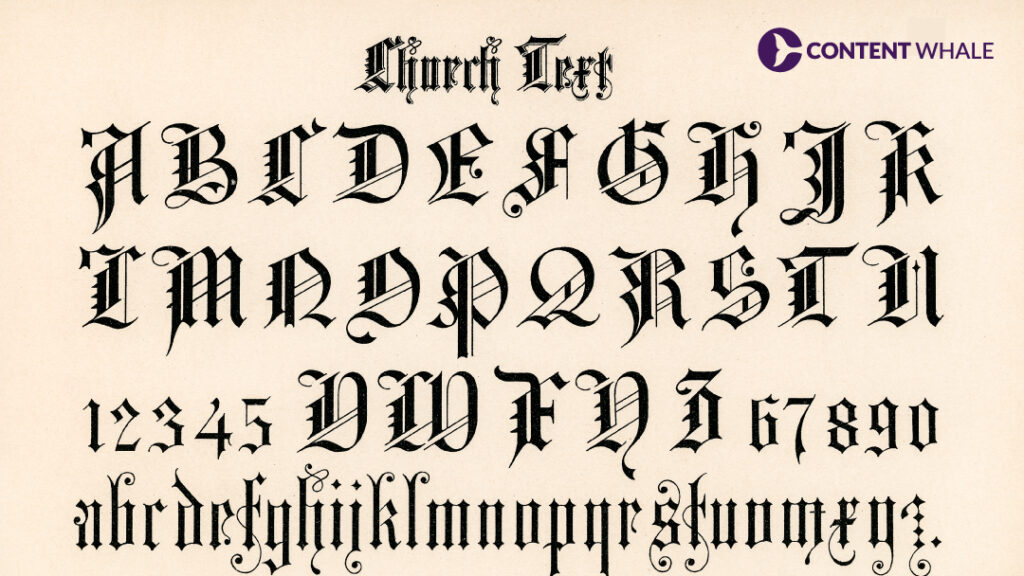
Making your own logo has never been easier, thanks to a variety of user-friendly online tools. These platforms cater to non-designers and offer extensive libraries of templates, easy customization options, and the ability to download high-quality logos in minutes.
Free and Paid Design Software Options
Canva: Known for its simplicity, Canva allows users to start with designer-approved templates which can be customized in depth. This tool is perfect for beginners looking to create clean, professional logos without any prior design experience. When you are learning how to create a memorable logo, Canva is always one of basic softwares that can be really useful.
Adobe Express: A step up in terms of design complexity, Adobe Express offers a user-friendly interface with limited yet powerful customization options. It’s suitable for those who want a bit more control over their design elements while still benefiting from a guided creation process.
Hatchful by Shopify: When you are learning how to design logo, this is another excellent option for beginners. It provides a vast array of industry-specific templates. Hatchful is extremely straightforward, enabling users to produce logos quickly by answering a few simple questions about their business.
Ucraft: For those seeking more creative freedom, Ucraft includes a vector editor allowing for more detailed and unique logo designs. It’s ideal for users with a bit more experience or those wanting to venture beyond basic templates and design logo on their own.
Online Logo Makers
Looka: Best for those who want beautifully designed templates that are ready to use with minor tweaks. Looka provides a seamless design experience, especially for quick projects or for those who are decision-fatigued and would benefit from smart, preset options.
Each of these tools offers different levels of flexibility, cost options, and ease of use, catering to a wide range of needs, from quick DIY projects to more elaborate designs when it comes to making your own logo.
In the next section, we will delve into the process of hiring a professional logo designer, for those who prefer a customized and unique brand representation instead of learning how to create a memorable logo on their own.
Hiring a Logo Designer

When you’re ready to take your branding to the next level, hiring a professional logo designer can be the key to creating a unique and memorable identity for your business. Here’s how you can find the right designer for your needs.
Finding the Right Designer
Platforms like Toptal, Behance, and 99designs offer vast networks of freelance designers specialized in logo creation. Each platform has its method of connecting you with talent:
Toptal prides itself on providing top-tier designers who are rigorously vetted to ensure high-quality work. The platform is ideal for hiring seasoned professionals who can offer innovative design solutions tailored to your brand’s needs.
Behance, powered by Adobe, showcases diverse portfolios from its creative community. This allows you to browse and find designers whose style aligns perfectly with your vision. It’s particularly useful for seeing detailed past work and the creative processes of potential hires.
99designs offers a unique contest format where multiple designers can submit their ideas based on your brief, giving you a variety of designs to choose from. This can be a great way to spark creativity and find a design that stands out.
However, if you need customized logo design without compromising quality at really affordable prices and the commitment of a graphic design agency, Content Whale can be your logo design partner.
Setting Clear Communication and Expectations
Effective communication is critical when working with a freelance designer. Clearly articulate your brand values, audience, and the vision you have for your logo. Provide detailed feedback throughout the process to ensure the final design aligns with your expectations.
Revision Process and Client Feedback
Most designers will offer a set number of revisions. This process allows you to refine the logo based on your feedback. It’s important during this phase to be clear about what elements you like and what needs changing to avoid endless revisions and additional costs.
Copyright and Trademark Considerations
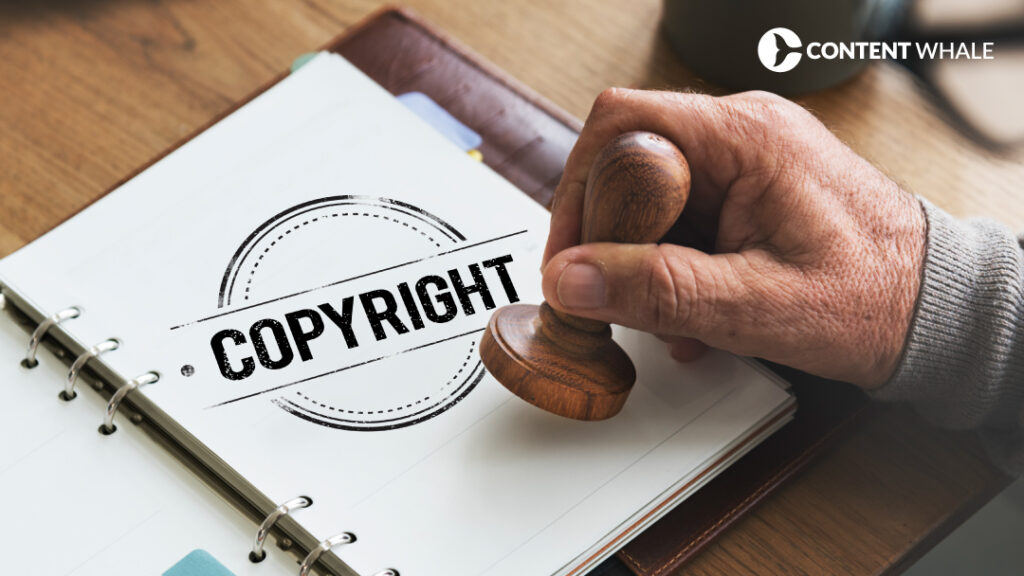
Once you are satisfied with your logo, ensure that you have all the rights transferred to you before finalizing the payment. This will include the copyright of the design, allowing you to legally use the logo for all types of branding and marketing activities. Platforms like 99designs facilitate this by holding payments in escrow until both parties are satisfied with the final outcome, ensuring a secure and trustworthy process.
By taking these steps, you can successfully hire a professional designer who will create a logo that not only looks professional but also perfectly captures the essence of your brand. In the next section, we’ll explore advanced techniques for enhancing your logo design.
Part 3: Advanced Techniques for Logo Design
Logo Animation & Motion Design

Enhancing your logo with animation can significantly boost its impact and memorability. As we step into 2024, several trends in motion design are shaping the way logos come to life.
AI-Generated Designs
Artificial Intelligence (AI) is making it easier to create complex animations that can tell a story or highlight a brand’s identity. AI tools are now able to assist designers in creating animations that are both innovative and time-efficient, making it practical for brands to consider animated logos as part of their digital strategy.
Bolder Minimalism
The trend of minimalism continues to evolve into a bolder form. This involves using clean lines and striking contrasts within simple designs to make them stand out more. It’s particularly effective for animations where the goal is to make a memorable impact with clarity and not overwhelm the viewer.
Inclusive and Natural Designs
Reflecting the digital fluency and social consciousness of Gen Z, a trend towards incorporating bright colors, natural textures, and inclusive designs into logos is notable. These elements can be effectively animated to make logos feel alive and dynamic, resonating well with a younger, more diverse audience.
Playful 3D and Squishy Designs
There’s also a growing trend towards playful, squishy 3D designs. These animations add a whimsical, fun element to logos, using soft, bright colors and textures that appear almost tangible. This style can make a brand appear more approachable and friendly.
Logo Variations & Submarks
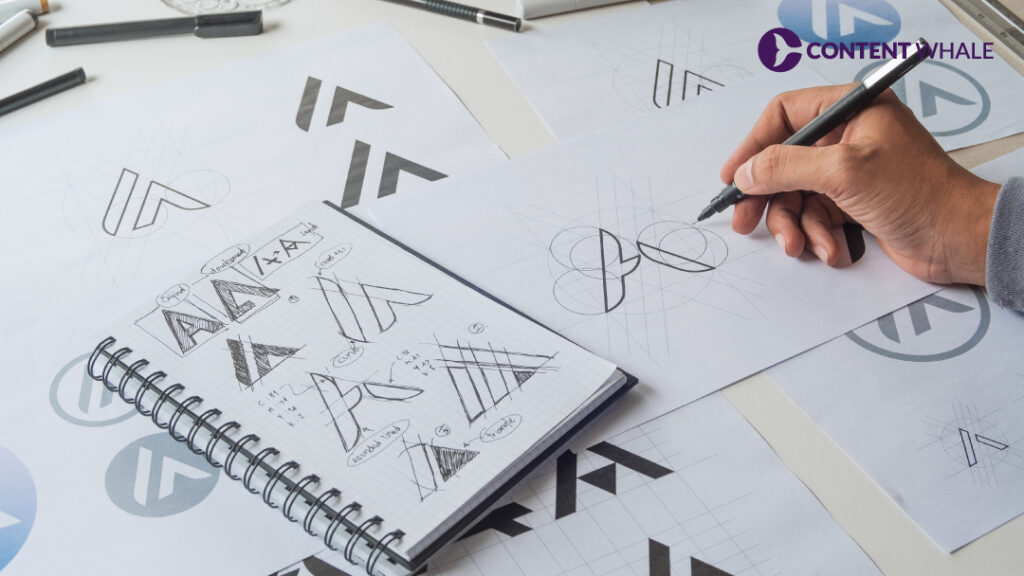
Creating variations of your main logo can enhance your brand’s flexibility across different platforms. Submarks, or simplified versions of your main logo, can be used in social media, favicons, and merchandise, ensuring brand consistency in a variety of settings. These should maintain the essence of the main logo but be adapted to fit smaller or less formal contexts effectively.
Adapting to Media Needs
Each variation should be crafted with the specific needs of different media in mind. For example, a more detailed version might be used for high-resolution formats, while a simplified version could be better for quick-loading digital applications.
Consistency Across Touchpoints
Ensuring that all variations of your logo communicate your brand consistently is key. Even as logos are adapted or animated, they should all clearly relate back to your main brand identity, providing a cohesive brand experience no matter where your logo appears.
By embracing these advanced techniques, your logo can become a versatile asset that adapts to various media while enhancing brand recognition and connection with your audience. Next, we will explore the latest trends in logo design to ensure your branding remains cutting-edge.
Latest Logo Design Trends in 2024
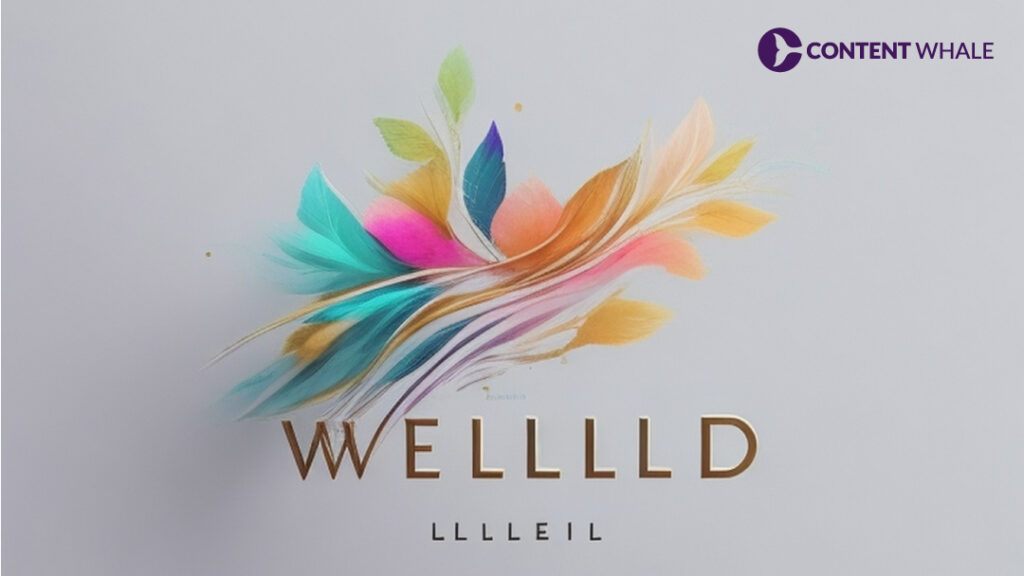
As we move further into 2024, logo design trends are showcasing a mix of nostalgia, innovation, and social consciousness, adapting to modern demands while nodding to classic influences.
Embracing Heritage and Craftsmanship
Current trends highlight a shift towards heritage and craftsmanship, where brands delve into their historical motifs to craft logos that emphasize their legacy and long-standing values. This trend is about reconnecting with the past and leveraging traditional craftsmanship to create logos with deeper meaning and distinctiveness .
Nostalgia with a Modern Twist
Logos are increasingly incorporating elements of nostalgia, merging them with modern design principles to create a unique blend that resonates emotionally with audiences. This approach uses familiar visual cues from the past, updated with contemporary aesthetics to engage both new and longstanding customers.
Dark and Moody Color Palettes
The use of darker, more saturated color palettes is making a comeback, providing logos with a bold and impactful look. This trend is particularly effective in settings where brands wish to make a strong impression or stand out from the use of traditional bright and light colors.
Geometric and Abstract Imagery
Geometric shapes and abstract imagery are dominating the scene, offering clean lines and recognizable forms that communicate stability and balance. These elements are not only visually appealing but also provide versatility across various applications, making logos instantly recognizable and memorable.
Responsive and Adaptive Designs
As digital platforms evolve, so does the need for logos to be adaptable. Responsive logo design is crucial in 2024, with brands requiring logos that can change in size, complexity, or even color based on the platform or device they appear on. This ensures consistency in brand identity across diverse consumer touchpoints.
Revival of Hand-Drawn and Bespoke Illustrations
Hand-drawn and bespoke illustrations are gaining popularity, bringing a human touch to digital spaces. These logos often feature whimsical lines and are characterized by their uniqueness and personal appeal. Brands looking to convey authenticity and individuality are increasingly adopting this style.
These trends highlight the dynamic nature of logo design in 2024, reflecting broader cultural shifts and technological advancements. By incorporating these trends, brands can ensure their logos not only look contemporary but also resonate deeply with their target audience. As we wrap up this section, the next part of the blog will focus on practical case studies that illustrate these trends in action.
Part 4: Case Studies: Unveiling the Secrets of Memorable Logos
Exploring real-life case studies can provide invaluable insights into the strategic thinking and creative process behind successful logo designs. Here, we delve into a few notable examples that demonstrate how thoughtful design can lead to memorable logos that effectively communicate brand values and appeal to target audiences.
Logo Case Study: FITUCCI
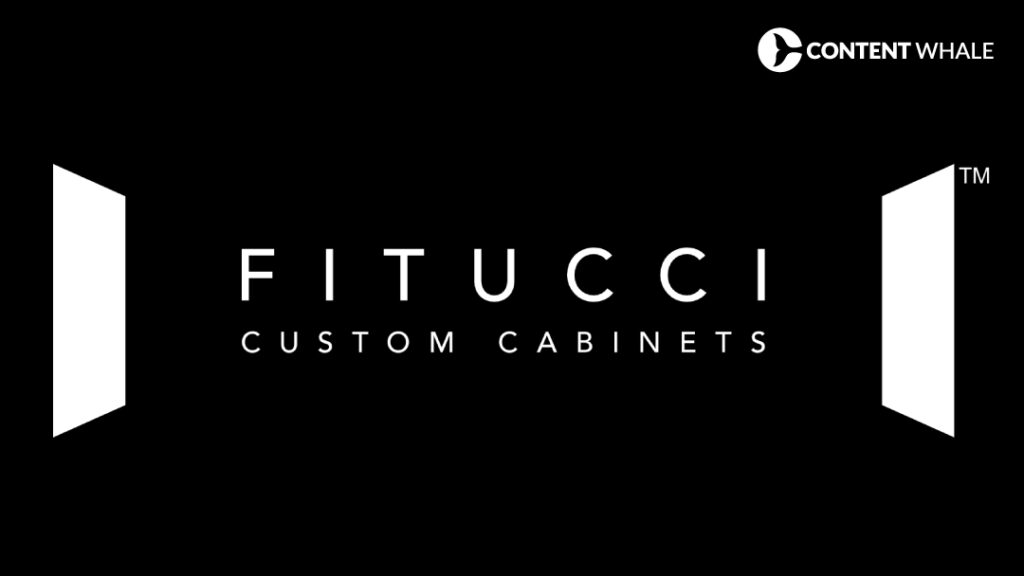
The rebranding of FITUCCI, a custom cabinet company, showcases how aligning the logo design with brand values can significantly enhance brand perception. The design focused on modernity and simplicity to reflect the company’s commitment to elegant, high-quality cabinetry. The new logo used a sleek, serif font to convey sophistication and reliability, resonating well with their target clientele who value craftsmanship and style (Inspirationfeed).
Logo Case Study: Butterfield Photography
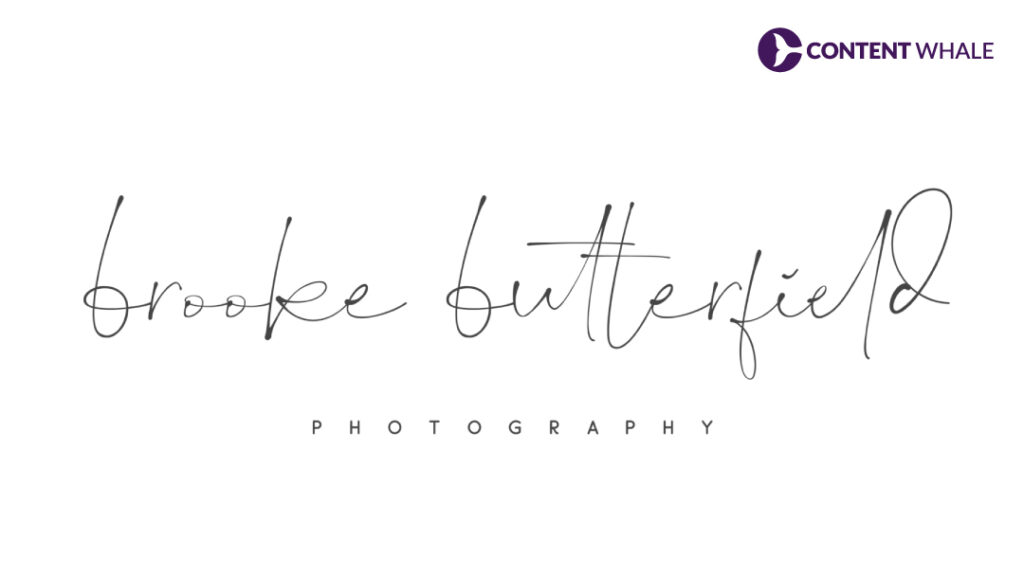
Butterfield Photography’s logo redesign emphasized the personal, heartfelt approach of their photography service. The logo incorporated elements that reflected the artistry and emotional depth of photography. The use of a simple yet elegant typeface along with a symbolic aperture design conveyed the brand’s focus on capturing life’s intimate moments. This case underscores the importance of a logo resonating emotionally with its audience, enhancing the brand’s connection with its customers.
Logo Case Study: Referanza
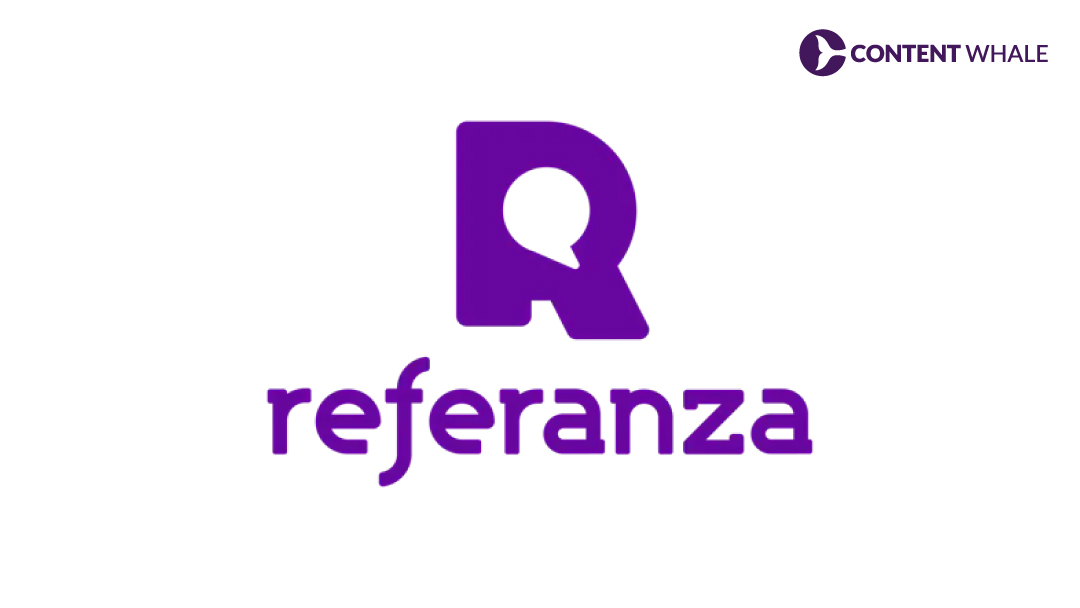
Referanza, a marketing startup, aimed for a logo that communicated its focus on customer satisfaction and growth. The final design combined a stylized letter ‘R’ with a speech bubble, symbolizing communication and feedback, core aspects of the brand’s services. The choice of a friendly and approachable typeface and color palette reflected the brand’s innovative and user-centric approach. This logo successfully merges simplicity with symbolic elements, making it both memorable and reflective of the brand’s strategic objectives.
Each of these case studies demonstrates that effective logo design is not just about visual appeal but also about embodying the brand’s essence and communicating it effectively to the target audience. Through careful consideration of design elements such as typography, color, and symbolism, these logos not only stand out visually but also support the brands in building a strong and enduring identity.

As we wrap up our comprehensive guide on creating a memorable logo, let’s recap the essential points that will help you on this creative journey:
- Understanding Your Brand: It’s crucial to deeply understand your brand’s values, target audience, and market position. This foundational knowledge guides the logo design process, ensuring the logo resonates with the intended audience and reflects the brand’s essence.
- Design Simplicity and Clarity: A logo should be simple enough to be memorable but distinctive enough to be on its own. Simple designs are not only easier to recognize but also easier to use across various media.
- Flexibility and Adaptability: A well-designed logo should be effective across different platforms and applications. It should be visually impactful both online and offline, scalable to different sizes, and adaptable to various backgrounds.
- Engage Professional Designers or Utilize DIY Tools: Depending on your budget and design capability, you may choose to hire a professional designer or use DIY logo design tools. Professional designers can provide tailored solutions that perfectly match your branding needs, while online tools offer a more budget-friendly option with plenty of creative control.
- Feedback and Revision: Designing a logo is a process that often requires iterations based on feedback. Be open to making changes and refining your logo to ensure it effectively communicates your brand’s message.
- Legal Considerations: Once your logo is designed, consider trademarking it to protect your brand identity. This legal protection prevents others from using a similar identity and ensures your logo remains unique to your brand.
- Continual Evaluation and Adaptation: As your brand evolves, your logo might also need to evolve to reflect changes in your branding strategy. Keep assessing the effectiveness of your logo to ensure it continues to serve its purpose well.
By following these guidelines, you’ll be better equipped to create a memorable logo that not only stands out visually but also supports your brand’s overall marketing strategy. Remember, a great logo is more than just an attractive graphic; it’s a critical tool for communicating the essence of your brand and building recognition in a competitive market.
Feel encouraged to start on this creative process, keeping in mind that a memorable logo is within your reach with thoughtful design, strategic planning, and a clear understanding of your brand’s core values and market presence.

FAQs
When it comes to crafting a memorable logo, several questions frequently arise. Here, we provide clear answers to some of the most common queries:
How do I make my logo iconic?
To make a logo iconic, focus on simplicity, distinctiveness, and relevance to your brand’s core values. Ensure that it can be easily recognized and scaled across different mediums without losing its essence.
How do I create a special logo?
Creating a special logo involves understanding your brand’s unique aspects and incorporating these into the design. Use colors, shapes, and typography that align closely with what your brand stands for and what it aims to communicate to its audience.
How do I brand a logo?
Branding a logo effectively means ensuring consistent application across all marketing materials and touchpoints with your audience. It should be featured prominently on your website, business cards, product packaging, and social media platforms, maintaining the same size, color palette, and style for consistency.
How do I design my own logo?
If you choose to design your logo, you can start with sketching out ideas that reflect your brand’s values and aesthetic. Online design tools like Canva or Adobe Illustrator can help refine your design with professional templates and design elements.
How do I start a new logo?
To start designing a new logo, begin with a clear understanding of your brand’s mission, vision, and target audience. Research current design trends in your industry while aiming to create something timeless rather than trend-specific. Sketching various concepts and gathering feedback early in the process can also be invaluable .
What are the 7 steps to design a logo?
The seven key steps to designing a logo include:
- Brand Analysis: Understand the core of your brand.
- Market Research: Study your audience and competitors.
- Conceptualization: Brainstorm and sketch logo ideas.
- Design Execution: Create digital versions of your logo.
- Feedback and Revision: Obtain feedback and make necessary revisions.
- Finalization: Choose the final logo design.
- Brand Integration: Apply the logo across all branding materials (Canva).
How much does it cost to design a logo?
Logo design costs can vary, ranging from free DIY options to thousands of dollars for professional design services, depending on complexity and designer expertise.
Who owns the rights to a logo?
Generally, the person or business that commissioned the logo owns its rights upon completion, unless otherwise specified in a contract with the designer.
What are the exclusive rights in a logo design?
Owning exclusive rights to a logo means you can use, modify, and distribute the logo without restriction, and you are protected against others using a similar design for competitive or confusing purposes.
By considering these questions, you can approach logo design with a more informed and strategic mindset, enhancing your brand’s visual identity and ensuring it resonates effectively with your target audience.
